Subscribe to our ▶️ YouTube channel 🔴 for the latest videos, updates, and tips.
Measuring Length
We will discuss about measuring length.
MEASUREMENT OF LENGTH
Look at the following illustrations.
We see that the length of the sharpener is small, the length of the table is big and the length of the road is very big.
Body parts used to measure the length of objects are called non-standard units of length.
Kevin wants to measure the length of his pencil.
He compares its length with his handspan and with the length of his erasers.
Kevin's sister measures the pencil with her erasers and handspan.
The measurements she gets are different because her eraser and handspan are different.
The measurements would be the same if both used a standard unit of length to compare.
However, we have two limitations with this method.
• We cannot measure very small or large lengths.
• These measurements differ from person to person.
We, therefore, need to use standard units for measuring length.
Standard Units of Length:
The standard unit for measuring length is metre. Its symbol is 'm'. We can measure the length of a room, the height of a pole or height of a building in metre (m).
Centimetre is a small standard unit. It is useful for measuring small lengths.
For measuring smaller lengths led cast that of a sharpener, a pencil or a book, we use a smaller unit called centimetre (cm).
Your ruler has centimetre marks on one side.

In this ruler, the tall lines are 1 centimetre apart. Centimetre is written as cm short.
For measuring larger lengths such as distance between two far off places like Delhi and Chennai, or the length of a sea beach, we use a larger unit called kilometre (km).
One metre (1 m in short) is much long than one centimetre. Your height should be a bit more than 1 metre.
1 m = 100 cm
1000 m = 1 km
Bigger lengths are measured in metres.
The lengths of cloth, rooms, pipes, wires, and so on, are measured in metres.
For this we use a metre scale or metre tape.
Suppose children are running a race of 100 meter (m). Sam is measuring the height of the wall in meters. The length is measured in meters. A meter is too long to be drawn here. Small lengths are measured in centimeters. Ron is measuring the width of his book in centimeters.
100 centimeters equal 1 meter
or
1 meter equal 100 centimeters
We write centimeter in short form as ‘cm’ and meter as ‘m’. So we can write in short as;
100 (cm) equal 1 (m)
or
1 (m) equal 100 (cm)
Some Instruments Used for Measuring Length:
The following are three kinds of meter scales generally used by everyone.
|
(i) A meter rod which is made of iron or wood is used by cloth merchants for measuring cloth. (ii) A meter scale is used by masons or carpenters.
(iii) A meter scale is used by tailors. |
IF YOU STRETCH BOTH YOUR HANDS, YOUR FULL SPAN IS ABOUT 1 M.
THE WIDTH OF YOUR FINGER IS ABOUT 1 cm
Metre is the standard unit for measuring length.
We write m for metre. We use metres to measure longer lengths.
We measure smaller lengths, like that of a pencil, in centimetres. This is a centimetre scale. Centimetre is written as cm.
This pencil is 8 cm long.
Measure the length of the picture of this Christmas tree.
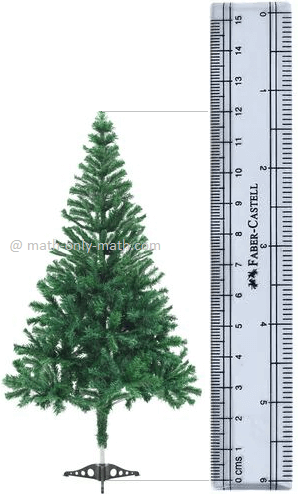
The Christmas tree is _____ cm long.
Decide whether you will measure the length of following objects in metre or centimetre. Put tick (✔) mark against the correct box.
Extra Questions for Sharp Students on Measuring Length!
1. Write Meter or Centimeter in the blank Space:
(i) My pencil is 10 ____________ long.
(ii) My height is 90 ____________.
(iii) Our classroom is 5 ____________ long.
(iv) This tree is 3 ____________ high.
(v) My hair pin is 3 ____________ long.
2. Decide whether these lengths are long or short and use m or cm accordingly:
(i) The length of a toothbrush _____
(ii) The height of a tree _____
(iii) The length of a wall _____
(iv) The length of a spoon _____
(v) The thickness of a book _____
3. Measure the following length is centimeters:
Note:
Students need to use the ruler or scales to measure the length.
Worksheet on Measuring Length:
1. Measure the length of each pencil using the centimetre scale and answer the questions that follow.
(a) Which is the shortest pencil?
(b) Which is the longest pencil?
(c) _____ pencil is longer than red pencil but shorter than blue pencil.
(d) Yellow pencil is _____ cm shorter than blue pencil.
Answer:
1.
(a) Yellow pencil (7 cm) is the shortest pencil.
(b) Blue pencil (15 cm) is the longest pencil?
(c) Orange pencil
(d) 8 cm
2. Measure the following:
|
AB is ____ centimeters long.
EF is ____ centimeters long.
MN is ____ centimeters long. XY is ____ centimeters long. |
3. A train is 150 meters long and the platform at the station is 285 meters long. How far does the train travel in crossing the platform?
Answer:
3. 435 meters
4. A cloth is sold at $7 a meter. Find the price of 65 meters of the same cloth?
Answer:
4. 455 meters
From Measuring Length to HOME PAGE
Didn't find what you were looking for? Or want to know more information about Math Only Math. Use this Google Search to find what you need.

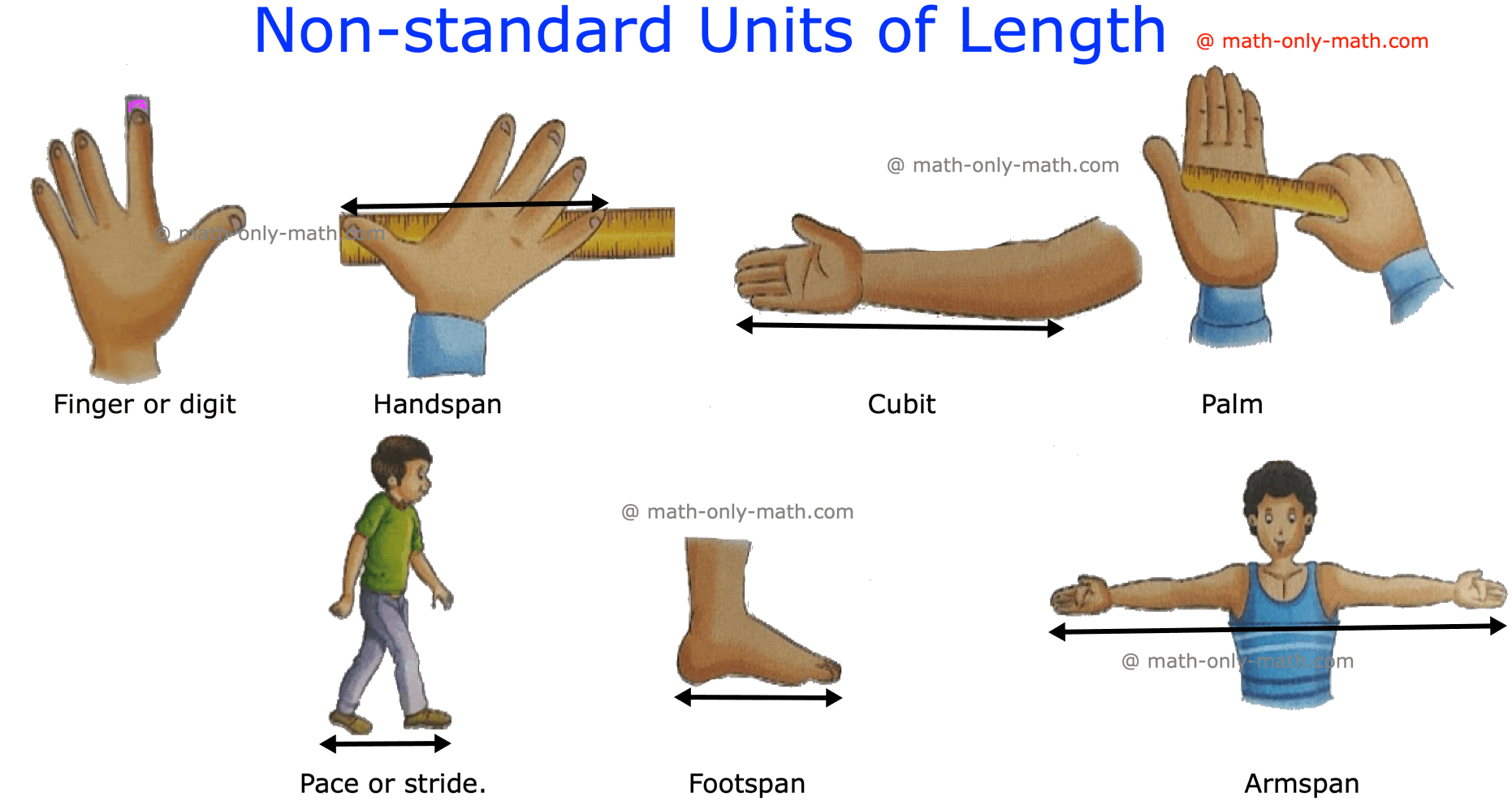
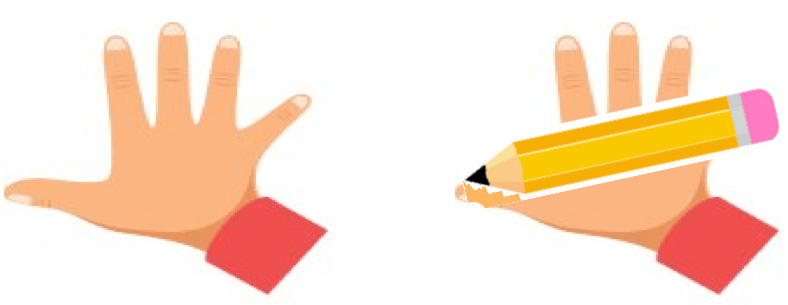

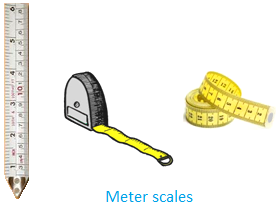
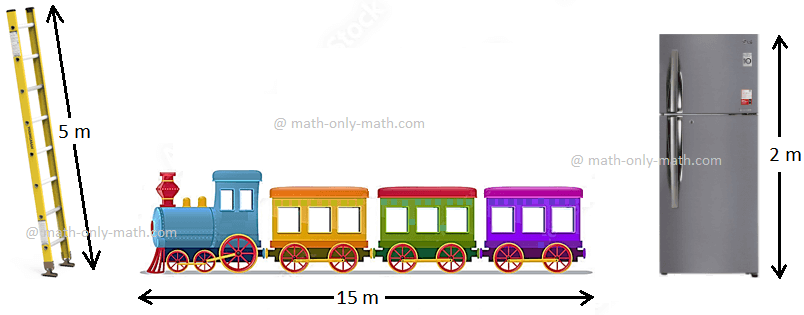

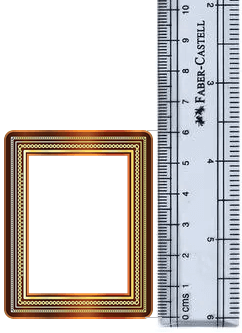
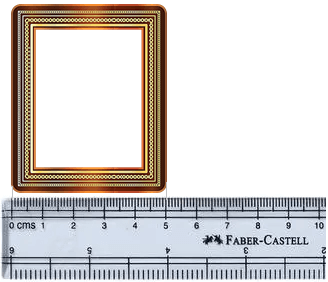

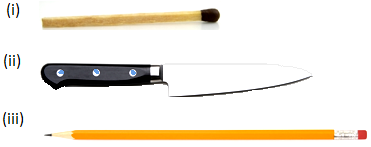
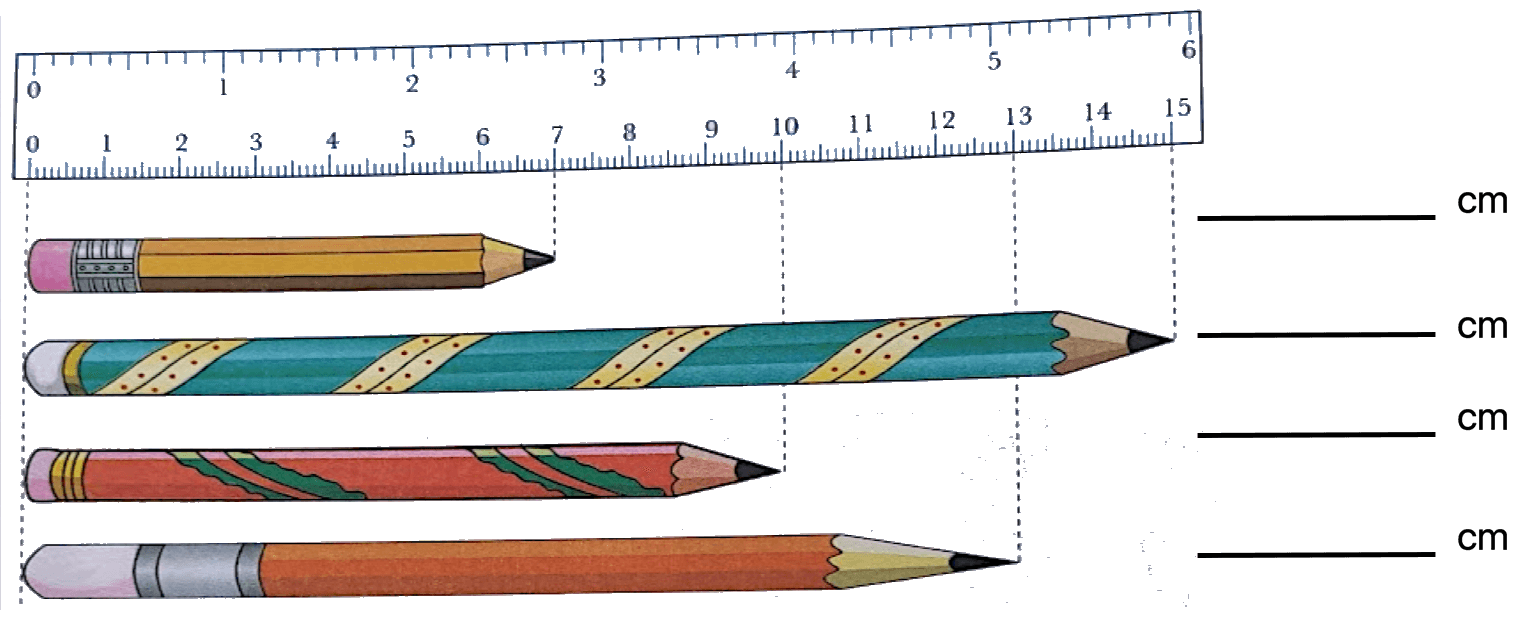
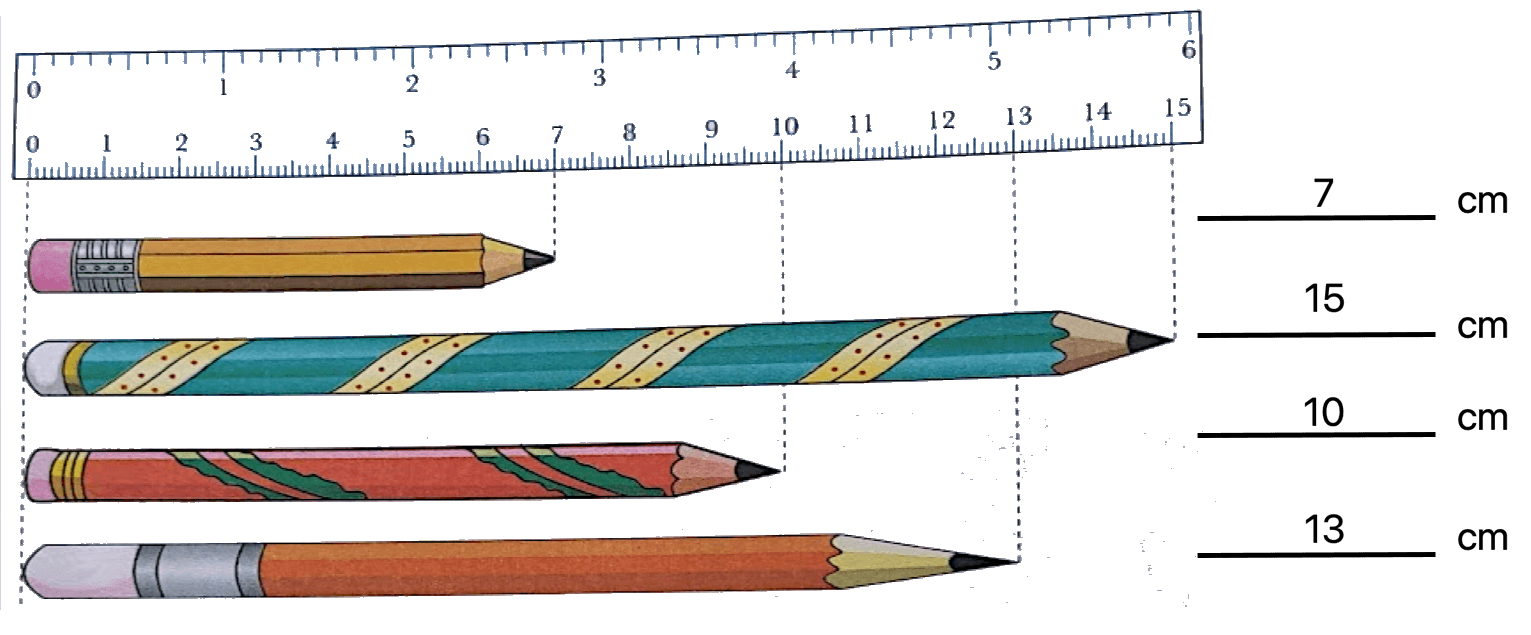
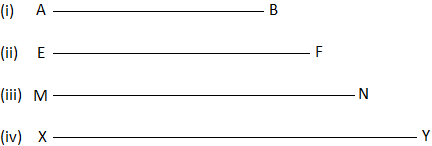


New! Comments
Have your say about what you just read! Leave me a comment in the box below. Ask a Question or Answer a Question.